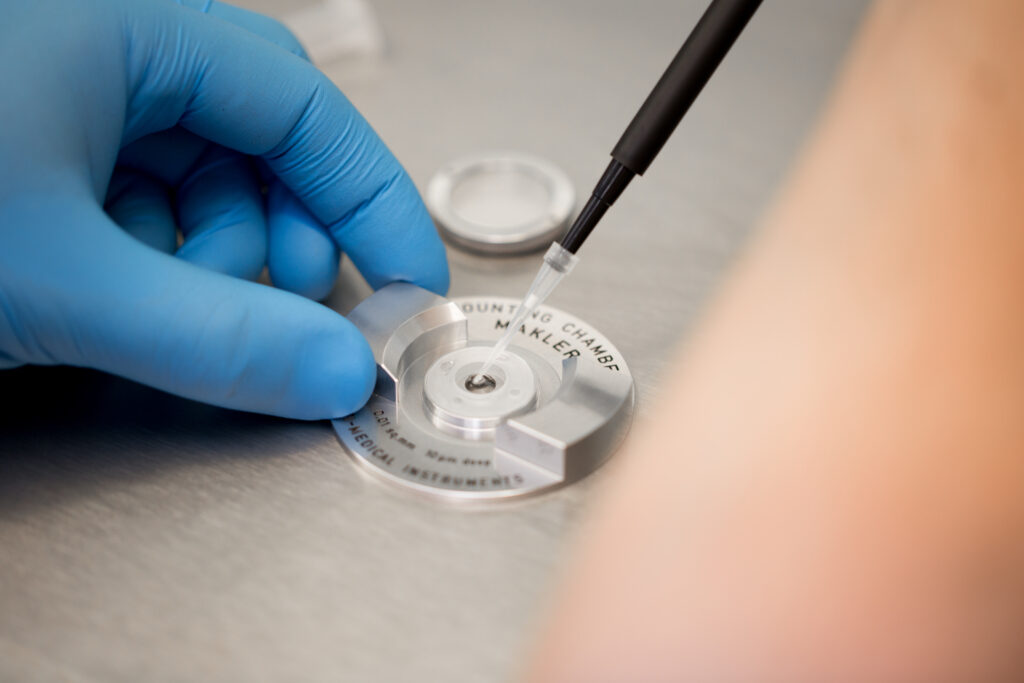Semen Analysis
Prevent, Protect, Prosper
Semen Analysis

This diagnostic test evaluates the quality of ejaculate and the sperm within it. A specialist (biologist or embryologist) assesses both macroscopic parameters—such as pH, volume, color, viscosity, and other characteristics—and microscopic parameters, including sperm concentration, morphology, and motility. These values are compared against the World Health Organization (WHO) reference standards for normality.
The test aims to assess a man’s fertility potential, identify possible causes of infertility, determine suitability for sperm donation, or monitor post-surgical outcomes following varicocele treatment, vasectomy, or other testicular procedures. In most cases, the analysis is straightforward and primarily informative.
A key indication for performing this test is the inability to achieve pregnancy after one year of regular, unprotected intercourse. Before providing a sample, sexual abstinence for 3 to 5 days is required, along with avoiding alcohol, antibiotics, drugs, or other substances that could influence the results. The sample must be collected in a sterile container provided by the laboratory.
Since semen parameters can fluctuate due to environmental and physiological factors, a second semen analysis within a month of the first is recommended for a more accurate diagnosis
